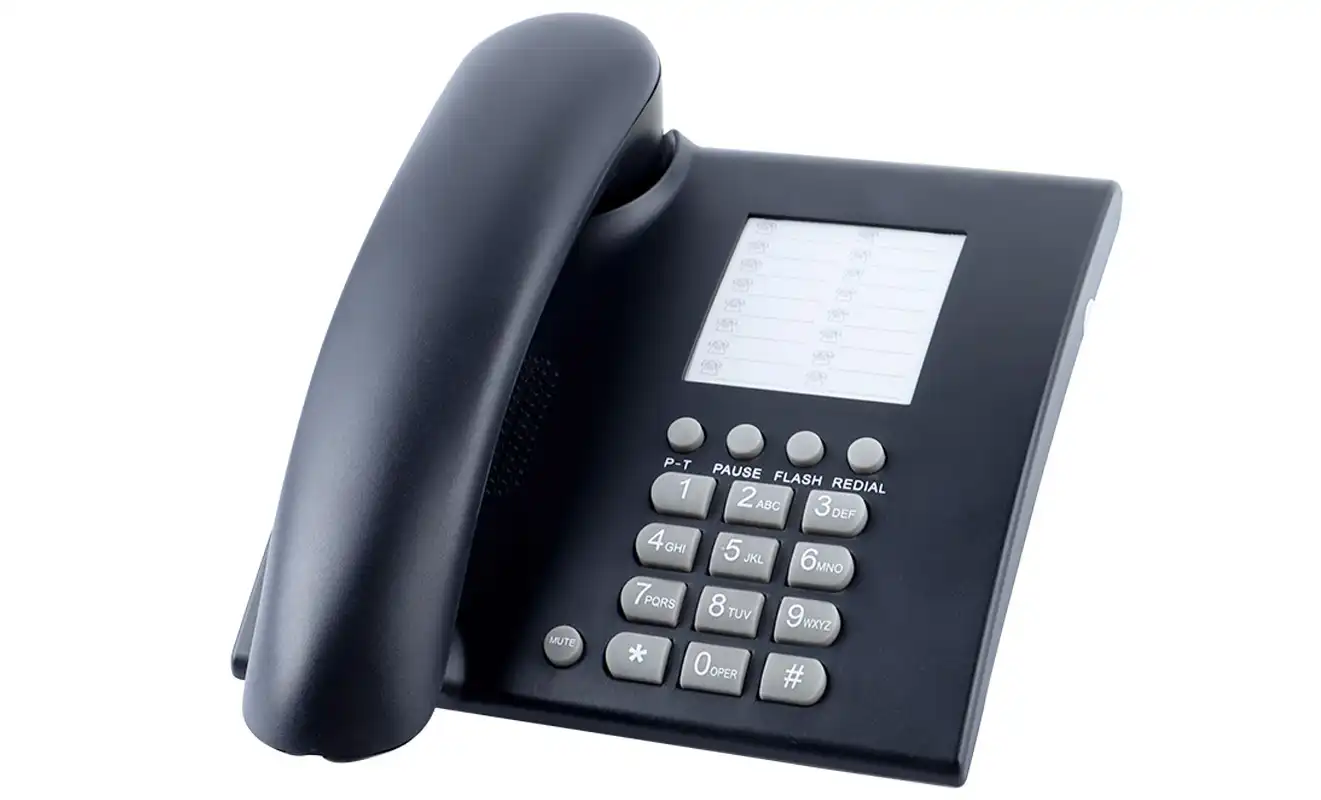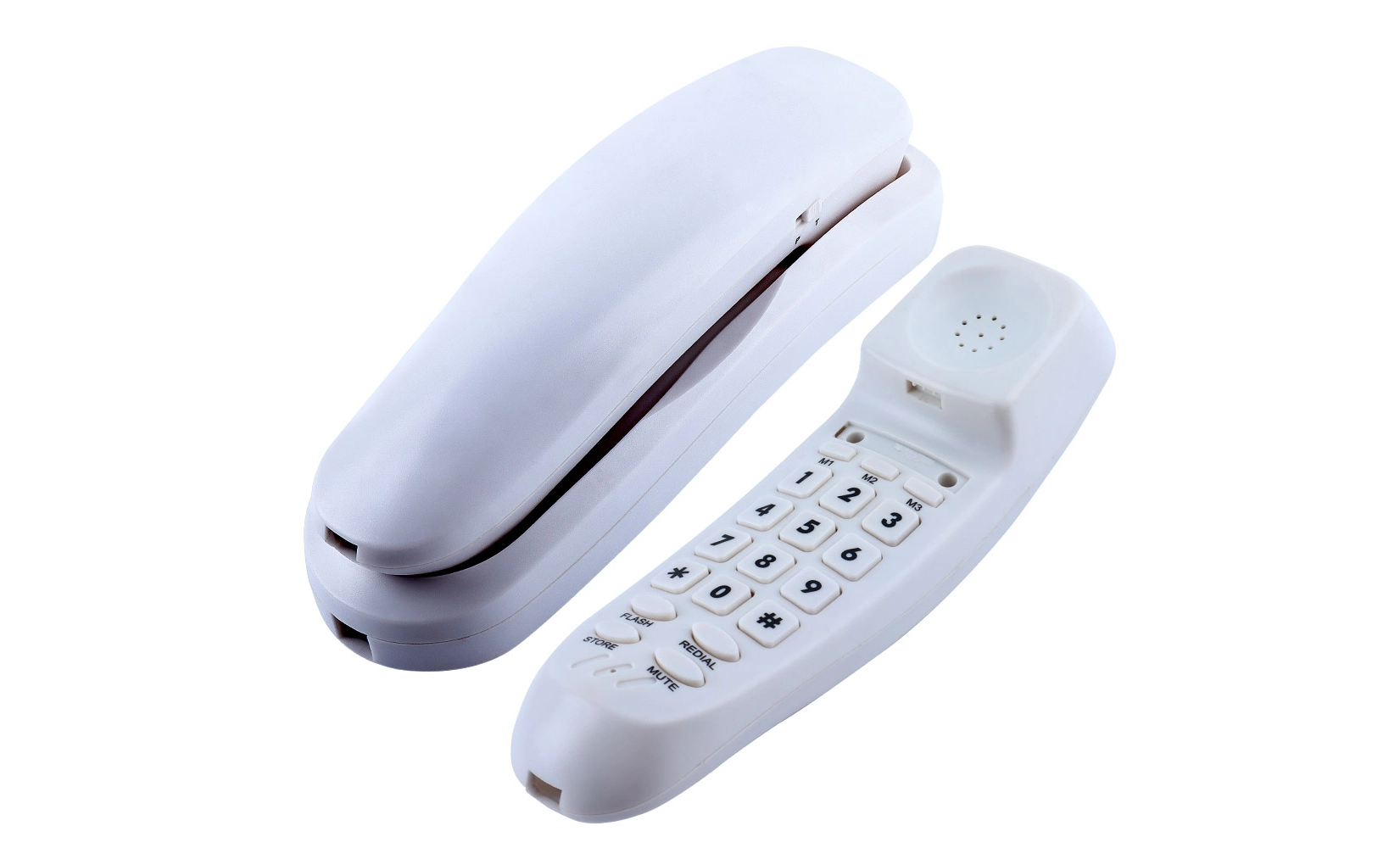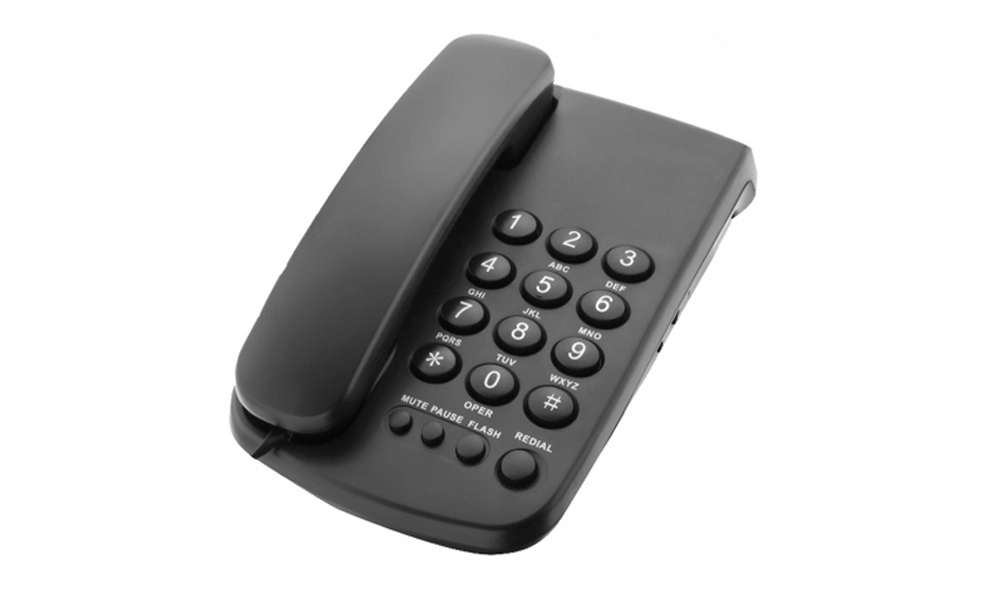Introducing the Basics of Office Telephone Systems
Office telephone systems are the backbone of business communication. These systems range from simple analog phones to complex digital and IP-based solutions. Understanding the fundamentals of how these systems work is crucial for effective troubleshooting.
Types of Office Telephone Systems
Office telephone systems come in various types, each with its own set of features and potential issues. The most common types include:
- Traditional analog systems
- Digital PBX systems
- VoIP (Voice over Internet Protocol) systems
- Hybrid systems combining analog and digital technologies
Each system type has its unique architecture and components, which can affect the troubleshooting process. For instance, analog systems rely on physical copper wires, while VoIP systems depend on internet connectivity. Understanding these differences is crucial when addressing issues.
Common Components of Office Telephones
Regardless of the system type, most office telephones share common components:
- Handset
- Keypad
- Display screen (on more advanced models)
- Speakerphone
- Microphone
- Function buttons (e.g., hold, transfer, conference)
Familiarity with these components helps in pinpointing the source of problems. For example, a malfunctioning speakerphone might be due to a faulty internal speaker or microphone, while keypad issues could stem from worn-out buttons or internal circuitry problems.
Basic Functionality and Features
Modern office telephones offer a range of features beyond simple call making and receiving. Common functionalities include:
- Call forwarding
- Voicemail
- Conference calling
- Call waiting
- Caller ID
Understanding how these features work is essential for troubleshooting. For instance, if calls aren't being forwarded correctly, the issue might lie in the phone's settings or the central telephone system's configuration.
 Common Office Telephone Issues and Their Solutions
Common Office Telephone Issues and Their Solutions
Office telephones, despite their reliability, can encounter various issues. Identifying and resolving these problems quickly is crucial for maintaining smooth business operations. Here are some common issues and their potential solutions:
No Dial Tone
A lack of dial tone is one of the most frequent issues encountered with office telephones. This problem can stem from several sources:
- Check if the phone is properly connected to the wall jack
- Ensure the handset cord is securely plugged into the phone base
- Test the phone line with another working phone to rule out line issues
- Verify that the phone system hasn't been inadvertently set to "Do Not Disturb" mode
If these steps don't resolve the issue, there might be a problem with the phone itself or the building's internal wiring, requiring professional assistance.
Static or Poor Sound Quality
Static or poor sound quality can significantly hamper communication. To address this:
- Check for loose connections in the handset cord and wall jack
- Inspect the phone line for any visible damage
- Move any electronic devices away from the phone to reduce potential interference
- If using a cordless phone, ensure it's within range of the base station
Persistent sound quality issues might indicate problems with the phone's internal components or the telephone line, necessitating professional repair or replacement.
Unresponsive Keypad
An unresponsive keypad can render a phone unusable. To troubleshoot:
- Clean the keypad with a slightly damp cloth to remove any dirt or debris
- Check if the keypad lock feature is accidentally enabled
- Unplug the phone for a few minutes to reset it
- If possible, test the keypad in diagnostic mode (refer to the user manual for instructions)
If these steps don't work, the keypad might need replacement, which typically requires professional service.
Issues with Specific Features
Problems with features like call forwarding, voicemail, or conference calling often require specific troubleshooting steps:
- Review the user manual for correct feature activation procedures
- Verify that the features are enabled on your phone system
- Check if there are any software updates available for your phone system
- Consult with your IT department or phone system provider for assistance with complex features
Remember, some feature-related issues might be due to system-wide configurations rather than individual phone problems.
Preventive Maintenance and Best Practices
Maintaining office telephones properly can prevent many common issues and extend the life of the equipment. Implementing a regular maintenance routine and following best practices can significantly reduce the frequency of problems and improve overall communication reliability.
Regular Cleaning and Inspection
Keeping office telephones clean and well-maintained is crucial for their longevity and performance:
- Regularly clean the phone's surface, keypad, and handset with a slightly damp, lint-free cloth
- Use compressed air to remove dust from crevices and openings
- Inspect cords and cables for signs of wear or damage
- Check all connections to ensure they are secure
A clean, well-maintained phone is less likely to develop issues and provides a more hygienic environment for users.
Software and Firmware Updates
For digital and IP-based phone systems, keeping software and firmware up to date is essential:
- Regularly check for updates from the manufacturer
- Schedule updates during off-hours to minimize disruption
- Ensure all phones in the system are running the same version of software
- Keep a log of updates for troubleshooting purposes
Updated software often includes bug fixes and new features that can improve phone performance and security.
 User Training and Guidelines
User Training and Guidelines
Proper use of office telephones can prevent many issues. Provide users with training and guidelines:
- Demonstrate correct handling of handsets and cords
- Explain the proper use of features to avoid accidental misconfigurations
- Encourage users to report any issues promptly
- Create a quick reference guide for common functions and troubleshooting steps
Well-informed users can often resolve minor issues on their own, reducing the workload on IT or maintenance staff.
Environmental Considerations
The environment in which office telephones operate can significantly impact their performance:
- Keep phones away from direct sunlight and heat sources
- Avoid placing phones in areas with high humidity
- Ensure proper ventilation around phone equipment
- Use surge protectors to guard against electrical surges
A suitable environment can extend the life of office telephones and reduce the likelihood of hardware failures.
Conclusion
Troubleshooting common issues with basic office telephones requires a combination of technical knowledge, systematic approach, and preventive maintenance. By understanding the basics of office telephone systems, identifying common problems, and implementing best practices, businesses can ensure smooth communication and minimize disruptions. Regular maintenance, timely updates, and proper user training play crucial roles in preventing issues before they occur. When problems do arise, a methodical troubleshooting approach can quickly resolve most issues, keeping your office communication running smoothly and efficiently.
FAQ
How often should office telephones be cleaned?
It's recommended to clean office telephones at least once a week, or more frequently in high-use environments.
Can I use any cleaning products on my office phone?
It's best to use a slightly damp, lint-free cloth. Avoid harsh chemicals that could damage the phone's surface or components.
How long do office telephones typically last?
With proper maintenance, office telephones can last 5-10 years, depending on the model and usage.
What should I do if my office phone gets wet?
Immediately unplug the phone, remove the battery if possible, and allow it to dry completely before attempting to use it again.
Why Choose CHEETA for Your Office Telephone Needs? | CHEETA
CHEETA, with its 18+ years of expertise in OEM/ODM services, stands out as a premier choice for office telephone solutions. Our state-of-the-art 1,200㎡ factory, staffed with 100+ skilled workers and 10 senior engineers, ensures high-quality production of 1,000 analog units daily. We pride ourselves on our rigorous 11-step inspection process, maintaining a failure rate below 1%. Our products not only meet CE and ROHS standards but also offer full customization options. Choose CHEETA for reliable, innovative office telephone solutions tailored to your business needs. For inquiries, contact us at allen@cheeta.com.cn.

References
1.Smith, J. (2022). "The Complete Guide to Office Telephone Systems". Business Communication Quarterly.
2.Johnson, R. (2021). "Troubleshooting Modern Office Phone Systems". IT Professional Magazine.
3.Brown, A. (2023). "Maintenance Best Practices for Business Telephones". Journal of Business Technology.
4.Davis, M. (2020). "VoIP vs Traditional Phone Systems: A Comparative Analysis". Telecommunications Review.
5.Wilson, E. (2022). "The Impact of User Training on Office Telephone Efficiency". Human Resources Management Journal.
 Troubleshooting common issues with basic
Troubleshooting common issues with basic 




